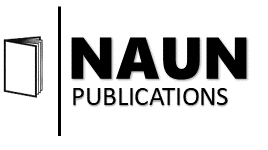Model for Calculating Stress Intensity Factors for an Inclined Crack at the Leading Edge of a Gas Turbine Engine Blade Under the Influence of Centrifugal Forces
Authors: Ivan K. Andrianov, Elena K. Chepurnova
Abstract: The study is devoted to the issue of the destruction of a body with an inclined crack during rotation. A mathematical model for calculating stress intensity factors in a rectangular plate with an inclined crack under the influence of centrifugal tensile forces during rotation around an axis lying in the plane of the plate is constructed in the article. Based on the equations of the theory of elasticity and the principles of brittle fracture mechanics, relationships were obtained that relate the stress intensity factors of type I and II, the rotation speed and geometry of the plate, as well as the parameters of the crack: length, angle of inclination to the axis of rotation, distance from the axis of rotation to the crack. The complexity of the study is because the plate in question with an inclined crack is under the action of mass forces. Therefore, the values of the effective stresses are not the same along the crack edge. Accordingly, stress intensity factors will depend on the location of the crack relative to the axis of rotation. The influence of the crack location and plate rotation speed on the change in stress intensity factor values is analyzed based on the results obtained. As the distance from the axis of rotation to the crack increases, the values of the stress intensity factors decrease. As the plate rotation frequency increases, the stress intensity coefficients increase according to a parabolic law. The results of the study can be used to assess the limit state of the rotating blades of a gas turbine engine in the presence of an inclined crack. The mathematical model can find practical application for assessing the critical speed regime of blade rotation in the presence of cracks of various lengths and angles of inclination to the rotation axis.
Pages: 9-16
DOI: 10.46300/9104.2024.18.2
International Journal of Mechanics, E-ISSN: 1998-4448, Volume 18, 2024, Art. #2
PDF DOI XML
Certification
